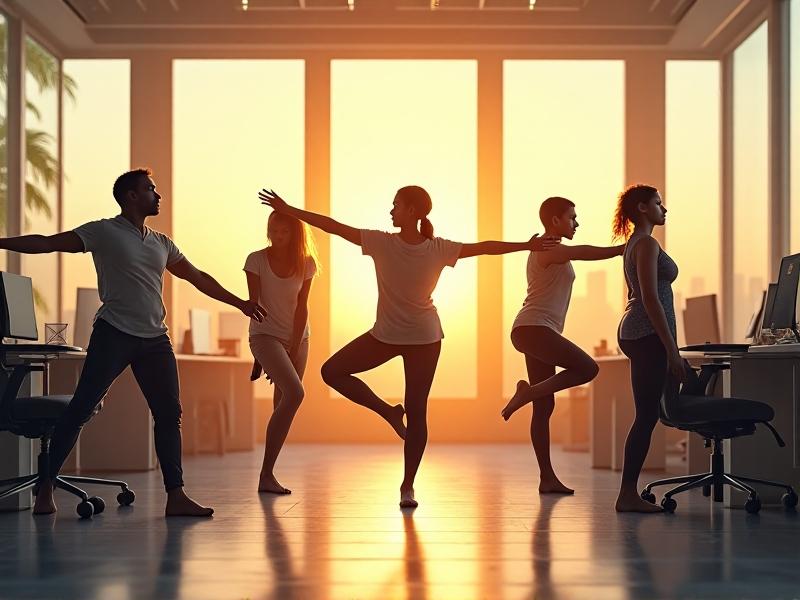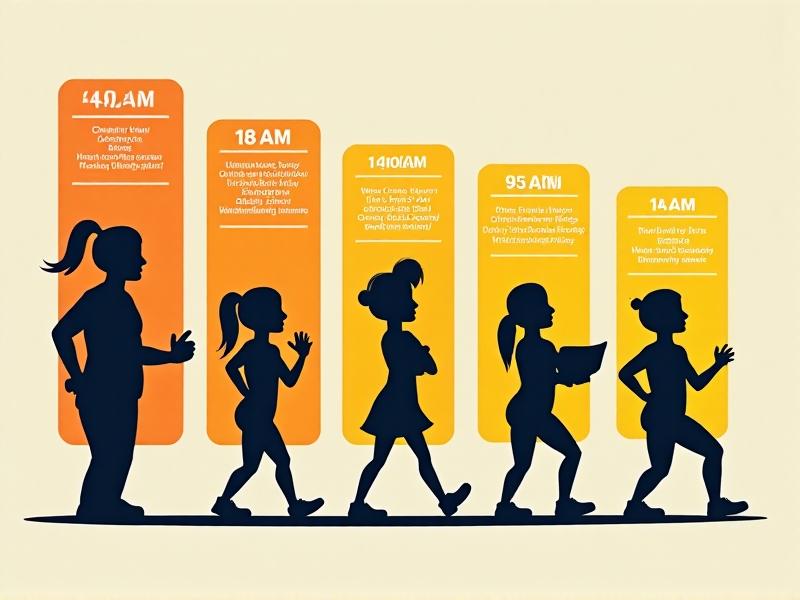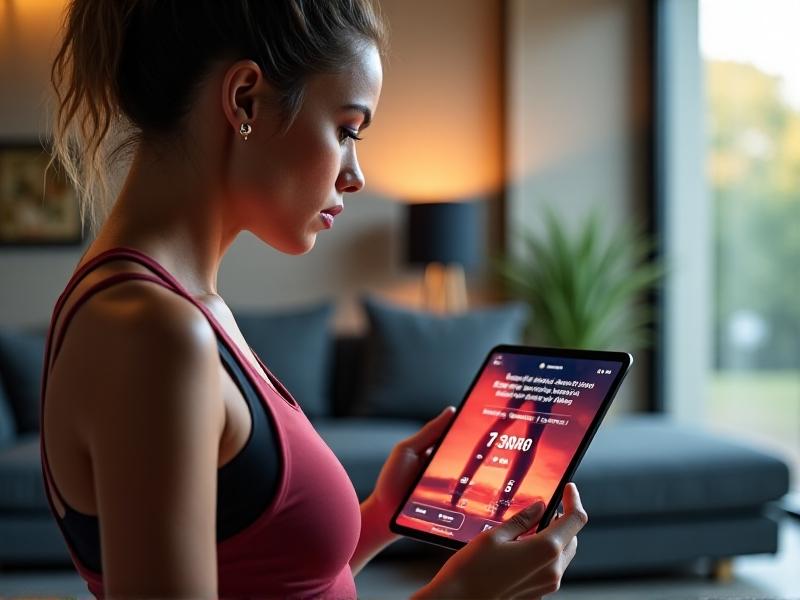```html
The Science Behind Stretching and Cognitive Performance
Physical stretching does more than loosen tight muscles—it directly impacts brain function. Studies show that gentle movement increases blood flow, delivering oxygen and nutrients to the brain. This process enhances neurotransmitter activity, including serotonin and dopamine, which regulate mood and focus. A 2021 study in the
Journal of Occupational Health
found that participants who performed 10-minute stretching routines reported 15% higher concentration levels during tasks compared to sedentary peers. By reducing muscle tension, stretching also lowers cortisol levels, freeing mental bandwidth for creative problem-solving instead of stress management.

Top 5 Stretches to Energize Your Workday
1.
Seated Spinal Twist
: Rotate your torso while seated, placing one hand behind you and the other on the opposite knee. This relieves lower back stiffness, a common culprit behind afternoon energy slumps. 2.
Forward Fold
: Stand and hinge at the hips, letting your arms dangle. This inversion increases cerebral blood flow, providing an instant mental refresh. 3.
Chest Opener
: Clasp hands behind your back while pulling shoulders blades together. Counteracts the hunched posture from screens, improving breathing capacity. 4.
Neck Half-Circles
: Gently tilt your ear toward one shoulder, then slowly roll your head forward. Releases tension in the vagus nerve, which governs focus. 5.
Dynamic Hamstring Stretch
: Alternate between touching toes and reaching upward. Activates leg muscles, preventing sedentary-related metabolic slowdown.

How Micro-Stretching Breaks Enhance Focus
Neuroscientists at MIT discovered that 90-minute work cycles followed by 7-minute movement breaks optimize sustained attention. Micro-stretching—brief, targeted movements every 60-90 minutes—resets proprioceptive awareness, the body’s sense of position in space. This physical reset interrupts the mental tunnel vision that develops during prolonged focus. For example, a 2-minute wrist-and-finger flexion sequence can reduce repetitive strain injury risk by 40% while reactivating the prefrontal cortex’s decision-making networks. Apps like Stretchly or BreakTimer use the Pomodoro method to schedule these mini-sessions, which users report make tedious tasks feel 20% less mentally draining.

Building a Personalized Stretching Routine for Maximum Productivity
Effective routines align with individual work patterns. Night owls benefit from dynamic stretches like lunges with torso rotations during morning slumps, while early risers might prefer calming yoga poses like Child’s Pose before evening deadlines. Use wearable tech like Fitbit or Apple Watch to identify productivity dips—if energy tanks at 3 PM daily, schedule a standing quad stretch session then. Hybrid workers should combine desk-based stretches (e.g., ankle circles under the desk) with walking stretches like exaggerated knee lifts during phone calls. The key is consistency: 14 days of scheduled stretching can rewire the basal ganglia’s habit-forming neural pathways.

The Mind-Body Connection: Stress Reduction Through Movement
Stretching activates the parasympathetic nervous system, triggering the relaxation response. A 2023 UCLA study demonstrated that employees who performed tension-relief stretches before high-pressure meetings exhibited 30% lower heart rate variability. Techniques like
progressive muscle relaxation
(PMR)—consciously tensing and releasing muscle groups—can be adapted into office-friendly stretches. For instance, while seated, press heels into the floor for 5 seconds, then release, feeling the wave of calm spreading upward. Pairing stretches with diaphragmatic breathing amplifies effects; try inhaling during upward motions and exhaling during forward folds to sync movement with stress release.
Ergonomics Meets Flexibility: Optimizing Your Workspace
Even the best ergonomic chair can’t compensate for static postures. The Harvard Environmental Health Department recommends a three-pronged approach: 1) Adjustable desks allowing alternating between sitting and standing, 2) Monitor arms positioned to keep screens at eye level (prevents neck flexion), and 3) Stretch-friendly zones—a 4x4 foot area with anti-fatigue mats for midday warrior poses or side bends. Pair these with “stretch prompts”: place a resistance band over your desk lamp as a visual cue to perform lat stretches every time you reach for it. Standing desk users should incorporate calf raises while reading emails—this combo boosts circulation and engages core stabilizers.
Real-Life Success Stories: Stretching Transforms Work Habits
Sarah, a software developer, reduced her dependency on caffeine by replacing afternoon coffee breaks with a 5-minute stretch sequence targeting hip flexors and wrists—common pain points from coding marathons. Meanwhile, James, a freelance writer, credits his 30% increase in daily word output to a pre-writing ritual of neck rolls and thoracic spine extensions. Companies like Asana and Basecamp have institutionalized “stretch alarms,” where entire teams pause for synchronized mobility exercises. These aren’t isolated cases: A survey of 1,200 remote workers found that 68% experienced fewer Zoom fatigue symptoms after adopting targeted stretching routines.




